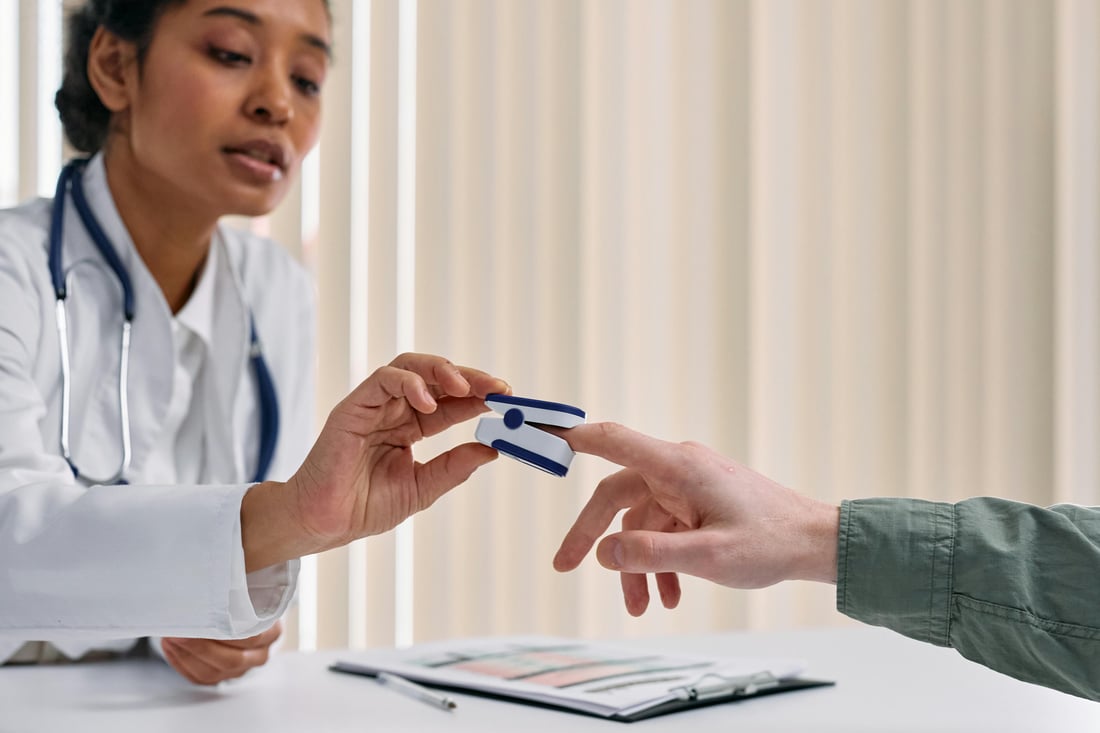What is a Finger Oxygen Monitor?
A finger oxygen monitor is a medical device used to measure the oxygen saturation in the blood. It is a portable and convenient tool that is often used in healthcare settings to monitor patients' oxygen levels.
Why Regular Inspection is Necessary
Regular inspection of finger oxygen monitors is essential to ensure accuracy and reliability of the readings. Any malfunctions or inaccuracies in the device can lead to incorrect readings, which can ultimately affect patient care.
Checking for Calibration
One key aspect of
finger oxygen monitor inspection is checking for calibration. Calibrating the device ensures that the readings are accurate and consistent. It is important to follow the manufacturer's guidelines for calibration to maintain the device's performance.
Inspecting the Sensors
Another important aspect of finger oxygen monitor inspection is inspecting the sensors. The sensors on the device should be clean and free of any debris or damage. Any issues with the sensors can affect the accuracy of the readings.
Testing the Battery
Regularly testing the battery of the finger oxygen monitor is crucial to ensure that the device is functioning properly. A low or depleted battery can lead to unreliable readings, so it is important to replace the battery as needed.
Ensuring Proper Fit
Ensuring that the finger oxygen monitor fits properly on the patient's finger is also important. A loose or incorrectly placed device can affect the readings. Proper positioning is essential for accurate results.
Checking for Wear and Tear
Inspecting the finger oxygen monitor for any signs of wear and tear is crucial. Any cracks, scratches, or other damage to the device can impact its performance. Regularly checking for wear and tear can help prevent issues before they escalate.
Reviewing the Readings
Reviewing the readings on the finger oxygen monitor is an important step in the inspection process. Any irregularities or inconsistencies in the readings should be noted and addressed promptly to ensure accurate monitoring of the patient's oxygen levels.
Following Manufacturer Guidelines
It is important to follow the manufacturer's guidelines for finger oxygen monitor inspection. These guidelines typically outline the recommended schedule for inspection, calibration, and maintenance of the device to ensure optimal performance.
Consulting a Professional
If there are any concerns or issues with the finger oxygen monitor, it is advisable to consult a professional. Healthcare providers or medical device technicians can provide guidance on proper inspection procedures and maintenance techniques.
Quote Inquiry
Contact us!

